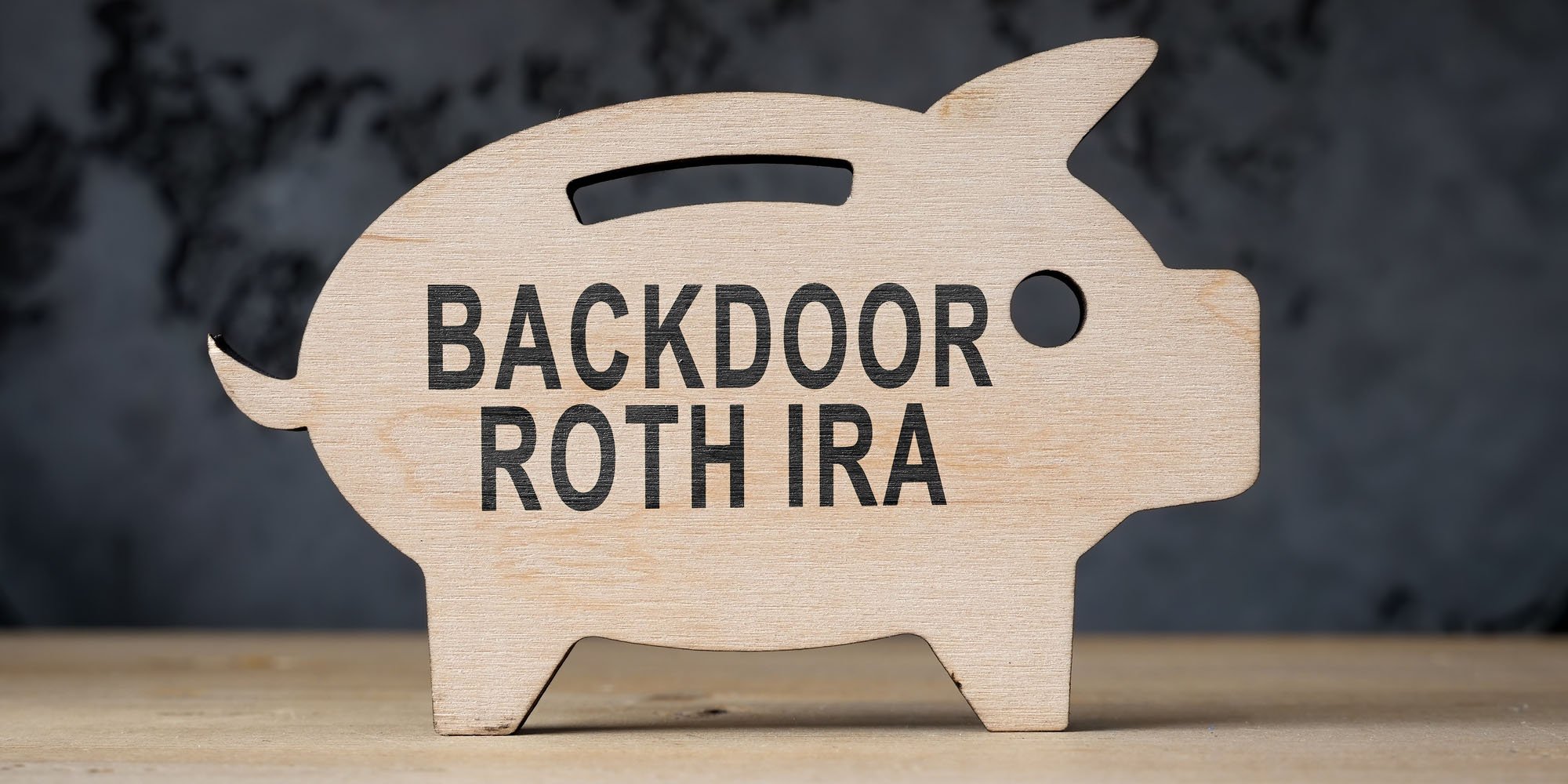Roth IRA’s: The Five-Year Rule
A Roth IRA (Individual Retirement Account) is a popular retirement savings vehicle that offers tax advantages for individuals looking to build a tax-free income stream during retirement. One important aspect of Roth IRAs that investors need to be aware of is the "Five-Year Rule." This rule has implications for both contributions and withdrawals, and understanding it is crucial for maximizing the benefits of a Roth IRA.
The Basics of Roth IRA:
A Roth IRA is funded with after-tax dollars, meaning contributions are made with money on which you've already paid taxes. The primary advantage of a Roth IRA is that qualified withdrawals, including both contributions and earnings, are tax-free, provided certain conditions are met. Unlike traditional IRAs, Roth IRAs do not offer an immediate tax deduction on contributions, but they provide tax-free growth over time.
The Five-Year Rule:
The Five-Year Rule is a key aspect of Roth IRAs, and it applies to both contributions and withdrawals. The 5-year rule for Roth IRAs means that at least 5 years must elapse between the beginning of the tax year of your first contribution to a Roth account and withdrawal of earnings. If fewer than 5 years have passed before you make a withdrawal of earnings, the withdrawal is considered a nonqualified distribution and may be subject to either taxes or penalties (or both).
Contributions:
Contributions to a Roth IRA can be withdrawn at any time tax and penalty-free. This is because you've already paid taxes on these contributions.
The clock starts ticking on the Five-Year Rule for each contribution separately. It begins with the tax year for which you made the contribution.
Earnings:
To withdraw earnings (the growth on your contributions) tax-free, you must satisfy the Five-Year Rule and meet one of the following conditions:
- Reach age 59½.
- Become disabled.
- Use up to $10,000 for a first-time home purchase.
- In the case of a beneficiary or the original account holder's estate, the Five-Year Rule must be satisfied.
Implications for Early Withdrawals:
If you withdraw earnings from your Roth IRA before the age of 59½ and before the account has been open for five years, you may be subject to both ordinary income taxes and a 10% early withdrawal penalty on the earnings portion. However, there are exceptions, such as using the funds for a first-time home purchase or in the case of certain hardships.
Conversion Considerations:
For those who convert a traditional IRA to a Roth IRA, the Five-Year Rule also applies to the converted amount. Each conversion has its own five-year clock. Conversions can be subject to taxes, but the converted amount can be withdrawn penalty-free after the five-year period.
Planning and Maximizing Benefits:
Understanding the Five-Year Rule is crucial for effective retirement planning with a Roth IRA. It's essential to consider the timing of contributions and be aware of the implications of early withdrawals. By strategically planning contributions and withdrawals, individuals can maximize the tax advantages offered by Roth IRAs and ensure a tax-free income stream during retirement. Consulting with a financial advisor can provide personalized guidance based on individual circumstances and financial goals.
For More Information: Have any questions or need help from our team of IRA experts? Call us at 888.990.7892 or email ClientService@ptcemail.com



